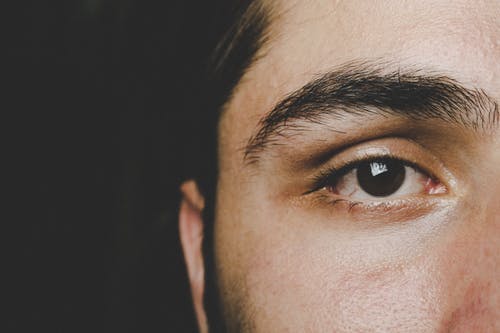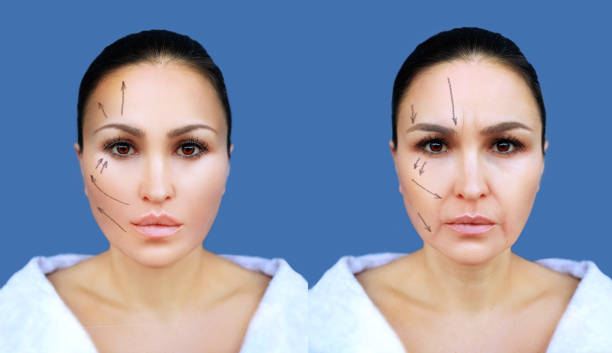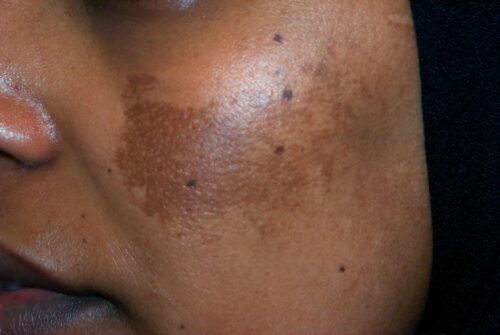Micro-Expressions: What Are They and How to Read Them
Micro-expressions are brief, involuntary facial expressions that occur in response to specific emotions and feelings. Unlike regular, sustained facial expressions, these occur within fractions of a second, often as quickly as 1/25 to 1/15 of a second. Due to their fleeting nature, micro- expressions are difficult to detect and interpret, but they provide valuable insights into a person’s genuine emotions. In this article, we will explore what micro-expressions are, why they matter, and how you can learn to read them effectively.
The Origin of Micro-Expressions
The term “micro-expressions” was first coined by psychologists Paul Ekman and Wallace V. Friesen in the 1960s. They discovered that these brief facial movements are universal across cultures and are hardwired into our biology. This means that regardless of your cultural background, you will display the same micro-expressions in response to specific emotional triggers.
Why Are Micro-Expressions Important?

The significance of micro-expressions lies in their involuntary nature. Unlike regular expressions, which can be controlled and manipulated, micro-expressions are automatic responses that reveal one’s true emotional state.
This makes them a powerful tool in various fields such as psychology, law enforcement, and even in everyday social interactions.
Types of Micro-Expressions
There are seven universally recognized micro-expressions that correspond to basic human emotions. These are:
Happiness: Briefly lifting the corners of the mouth.
Sadness: A quick downward pull of the mouth and eyebrows.
Disgust: A rapid wrinkling of the nose.
Fear: Widening of the eyes and slight raising of the eyebrows.
Anger: Brief narrowing of the eyes and tightening of the lips.
Surprise: Rapid raising of the eyebrows and widening of the eyes.
Contempt: A quick one-sided mouth raise, usually on the left side.
How to Read Micro-Expressions
Learning to read micro-expressions involves keen observation and practice. Here are some steps to guide you:
Pay Attention to Context
Always consider the context in which an interaction is taking place. If someone displays a micro-expression of fear during a casual conversation, it could be a red flag that they are uncomfortable or hiding something.
Focus on the Face
Concentrate on the person’s face, especially the eyes, mouth, and eyebrows. These are the primary areas where micro-expressions occur.
Use Slow-Motion Playback
If you’re trying to detect micro-expressions from video footage, consider using slow-motion playback. This will help you catch those fleeting facial movements you may miss at normal speed.
Practice, Practice, Practice
Like any skill, reading micro-expressions takes time to master. Make use of online resources, such as videos or specialized software, to practice your observation skills.
Applications of Micro-Expression Reading

Professionals in various sectors find the skill of reading micro-expressions incredibly useful. In law enforcement, it helps officers determine whether a suspect is lying. Therapists use it to better understand their clients’ emotional states.
Even in everyday life, being able to read micro- expressions can improve your emotional intelligence and interpersonal skills.
Wrapping Up
Micro-expressions are a fascinating aspect of human communication that offer a window into
people’s genuine emotions. By understanding what these quick facial movements signify and
learning how to read them, you can gain a deeper understanding of those around you.
Whether you’re a professional looking to enhance your skill set or someone interested in improving your
social interactions, decoding micro-expressions can be a highly rewarding endeavor.






